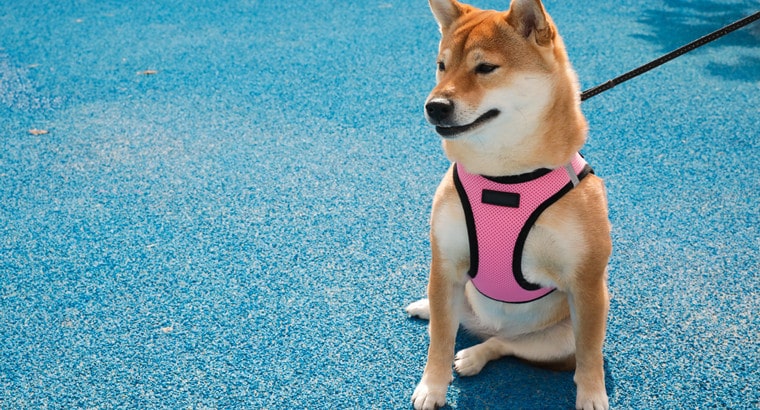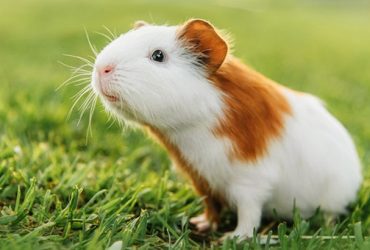Is taking your dog for a walk without a harness fairly challenging? A harness is always useful during walks and training, regardless of whether you have a new puppy or an experienced dog. Instead of running behind or leading your dog’s pack, use a harness and observe the differences. Harness is also a better alternative to leashes and collars as they put stress on your dog’s throat and neck, which could lead to harm.
To avoid injury, use a harness but with so many different types of dog harnesses available in the market, how to choose the right one for your dog? Let’s discuss it here.
1. Choose the right harness
Not all harnesses are created so that you can simply buy one and start walking with your pet. There are various designs of harnesses accessible on the market; you must choose the ideal one. Always be mindful of your dog’s strength and size. You can measure your dog’s rib cage and fit two fingers to it for the ideal harness.
Try the harness on your dog within your home to see if it fits snugly, loosely, or goes around the body. Also, you can select a tightening harness and a rear & front clip harness.
2. Select the right Fabric material
The sort of harness you use depends on the weather and the skin type of your dog. Typically, nylon, synthetic material, padded leather, and polyester are used to make harnesses. Hence, choose the appropriate fabric for your dog’s skin type so that it won’t irritate or aggravate their allergies.
Better fabrics also have a longer lifespan than substandard or lower-quality ones. The most crucial factor is that your dog enjoys wearing the harness; a high-quality harness could work wonders in this regard. If you want a good-quality harness, check out Dog Harness Australia.
3. Consider your dog’s breed
Every dog has a unique feature; not all dog breeds are the same size and shape. Wearing the wrong harness could make your dog’s neck sore and painful. Always consider your dog’s breed while selecting a harness. Check to see whether your dog tends to pull or surge a lot when walking to see if the harness is the right size or form. It’s time to switch the harness to a new and perfect one if your dog exhibits these signs.
4. Cleanliness is important
Cleaning the dog’s stuff could be difficult, but it still needs to be cleaned up. Since this harness is primarily used for outside activities, it occasionally gets dragged or leashed on the road and gathers a lot of dust every day and everywhere. Thus, it is crucial to keep the harness dust-free and tidy. The harness can be cleaned most easily by running it through the washing machine, but never put it in the machine’s dryer. Instead, hang it up on a hanger and expose it to the sun to dry, and your pet’s neat and clean harness is ready.
5. Non-Restrictive and Restrictive Harness
According to the style of walking and the dog’s strength, there are two types of harnesses on the market. During the exercise session with your dog, a non-restrictive harness is typically used. It gives the dog’s entire front leg, including the movement of the joints, excellent control. This harness makes it easier for people to manage their pets.
On the other hand, restrictive harnesses are being used for energetic and aggressive dogs. This kind of harness limits the front limb movement of your dog. But always remember to keep in mind that using a tight harness on your pet on a daily basis could cause neck issues. Also, remember to only use it when your dog is acting aggressively in public. So, buy the harness carefully and in a way that is comfortable for your dog.
6. Car Restraint Harness
You should change your dog’s harness to a vehicle restraint one if they enjoy taking long car rides with you. You can get a suitable harness for travel since it is preferable to ride restrained than free when traveling. Your automobile rides could be simple and safe with a car restraint harness because it gives great control to the pet and helps avoid any kind of mishap.
The harness could become your dog’s best mate if you choose the right one with the perfect shape and size. The nicest thing about a harness is that it won’t accidentally fall off, it stays in place, and even when the dog pulls strongly, the owner doesn’t lose control. So, with these 6 tips, choose the right harness for your dog.










